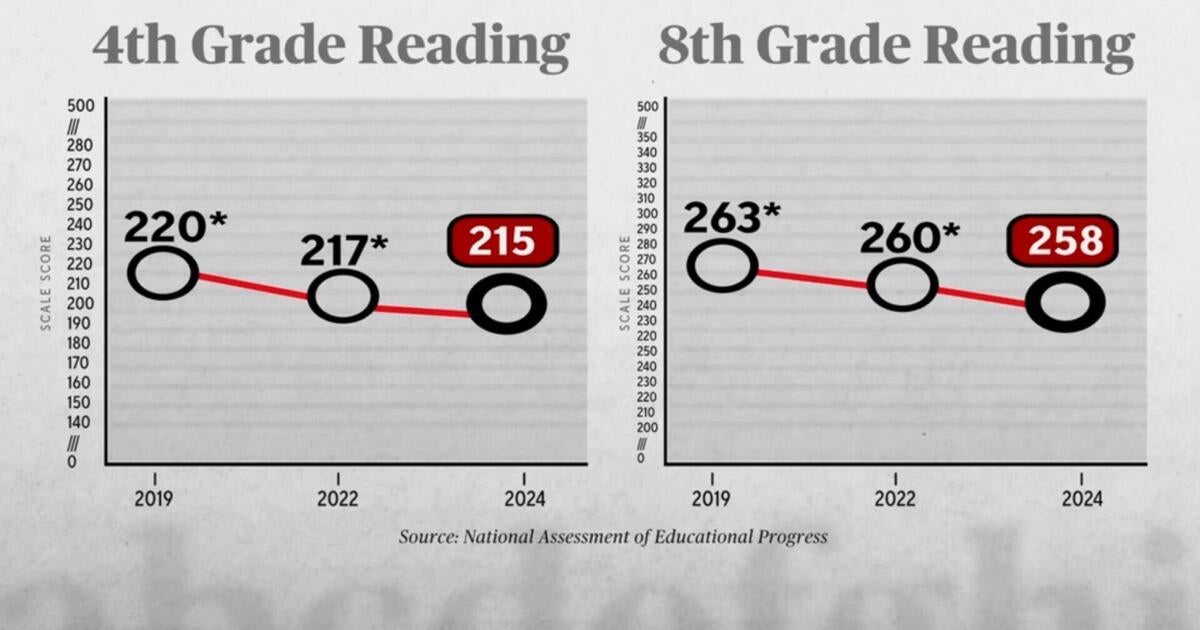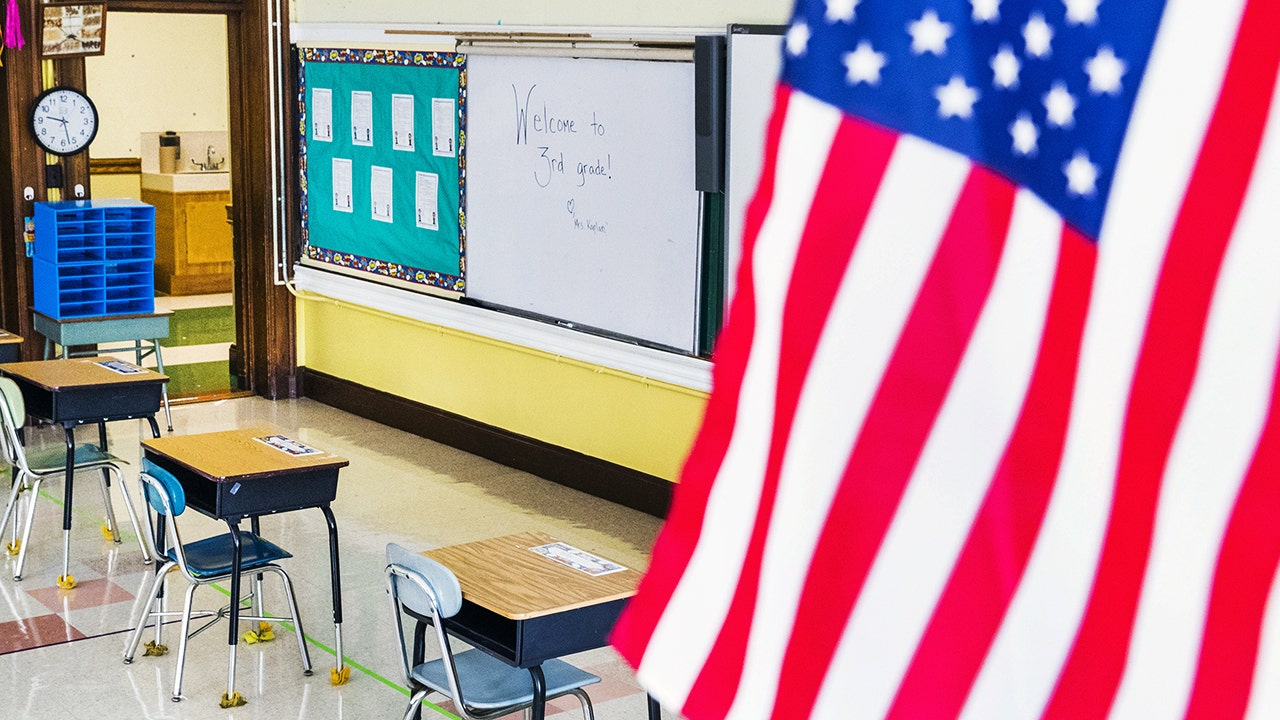Unraveling the Complex Landscape of U.S. Education: Challenges and Insights
The U.S. education system stands as a complex tapestry woven with threads of innovation, tradition, and, unfortunately, significant challenges. As we delve into the multifaceted issues plaguing the U.S. education system, it becomes clear that understanding these challenges is essential for crafting effective solutions. From funding disparities to innovative teaching methods, this analysis aims to unravel these complexities and highlight the changes needed to shape a brighter future for students across the nation.
Funding Disparities: A Persistent Challenge
One of the most critical issues in U.S. education is the disparity in funding. Public schools in wealthier districts often receive significantly more funding than those in low-income areas. This imbalance creates a ripple effect, impacting everything from teacher salaries to the availability of resources and extracurricular opportunities.
- Property Taxes and School Funding: Most public school funding comes from local property taxes. In affluent neighborhoods, high property values translate to robust funding, while schools in economically challenged areas suffer.
- State and Federal Contributions: Although state and federal governments attempt to bridge this gap through various funding formulas and programs, the reality remains that many schools are still underfunded.
- Impact on Students: This funding disparity often leaves students in low-income districts with overcrowded classrooms, outdated materials, and fewer advanced placement courses, which hinders their academic growth and opportunities.
To address these disparities, educational policymakers must explore equitable funding models that prioritize student needs over local property wealth. A shift towards state-level funding mechanisms could help level the playing field for all students, regardless of their zip code.
Innovative Teaching Methods: A Beacon of Hope
Despite these challenges, many educators are pioneering innovative teaching methods that cater to diverse learning styles and needs. Approaches such as project-based learning, flipped classrooms, and personalized education plans are gaining traction and showing promising results.
- Project-Based Learning: This method encourages students to explore real-world problems and challenges, fostering critical thinking and collaboration skills. By engaging students in hands-on projects, educators can spark curiosity and enhance retention.
- Flipped Classrooms: This approach reverses traditional teaching methods by delivering instructional content online, allowing for more interactive class time. Students can learn at their own pace, leading to deeper understanding and mastery of subjects.
- Personalized Learning: Tailoring education to individual student needs has become increasingly feasible with advances in technology. Adaptive learning platforms can adjust content based on student performance, ensuring that no one is left behind.
These innovative methods not only address diverse learning needs but also empower students to take control of their education. Schools that adopt such practices often see improved student engagement and academic outcomes.
The Role of Technology in Education
Technology plays a pivotal role in reshaping the educational landscape. From online learning platforms to educational apps, technology has the potential to enhance learning experiences significantly. However, it also poses challenges that must be addressed.
- Access to Technology: The digital divide remains a pressing issue, particularly in low-income communities. Students without reliable internet access or personal devices are at a disadvantage, limiting their ability to engage with modern educational tools.
- Teacher Training: Effective integration of technology in the classroom requires proper training for educators. Many teachers lack the necessary skills to utilize technology effectively, which can hinder its impact.
- Screen Time Concerns: As technology becomes more prevalent, concerns about excessive screen time and its effects on students’ health and attention spans have surfaced. Balancing technology use with traditional learning methods is crucial.
To maximize the benefits of technology in education, schools must invest in infrastructure, offer professional development for teachers, and ensure equitable access for all students.
Social and Emotional Learning: A Holistic Approach
In recent years, there has been a growing recognition of the importance of social and emotional learning (SEL) in education. SEL focuses on developing students’ emotional intelligence, resilience, and interpersonal skills—components essential for success in life beyond academics.
- Building Resilience: Programs that teach students coping strategies and emotional regulation can significantly impact their ability to handle stress and adversity.
- Enhancing Relationships: SEL fosters a sense of community within schools, encouraging positive relationships among students and between students and teachers.
- Academic Success: Research shows that students with strong social and emotional skills tend to perform better academically, highlighting the interconnectedness of emotional and academic development.
Integrating SEL into the curriculum not only supports students’ emotional well-being but also prepares them for collaborative and empathetic participation in society.
Addressing Inequities in Education
As we navigate the complex landscape of U.S. education, it is essential to confront the inequities that persist. These inequities manifest not just in funding but also in access to advanced courses, extracurricular activities, and experienced teachers.
- Recruiting and Retaining Educators: High turnover rates in schools serving low-income communities often lead to a lack of experienced teachers. Initiatives aimed at recruiting, training, and retaining talented educators in these areas are crucial.
- Access to Advanced Coursework: Many students in underfunded schools are denied access to Advanced Placement (AP) courses or gifted programs. Expanding these opportunities can help level the academic playing field.
- Support for Non-Traditional Learners: Students with disabilities or those learning English as a second language often face numerous barriers. Tailored support services are necessary to ensure all students can thrive.
To effectively address these inequities, a collaborative effort among policymakers, educators, and communities is essential. By advocating for systemic changes and equitable resource distribution, we can work towards a more just education system.
Conclusion: Shaping the Future of U.S. Education
Unraveling the complex landscape of U.S. education reveals both daunting challenges and remarkable opportunities for growth and improvement. By addressing funding disparities, embracing innovative teaching methods, leveraging technology, prioritizing social and emotional learning, and confronting inequities, we can pave the way for a brighter future for all students. As stakeholders in education, it is our collective responsibility to advocate for meaningful changes that will enhance the educational experience and outcomes for every child across the nation.
See more TED Talks World



